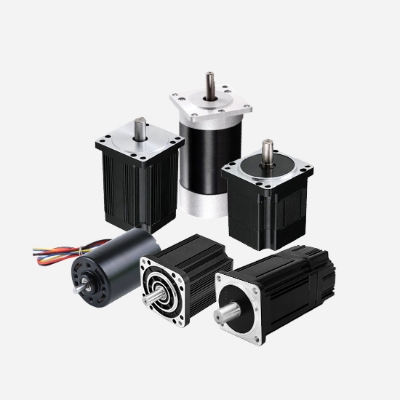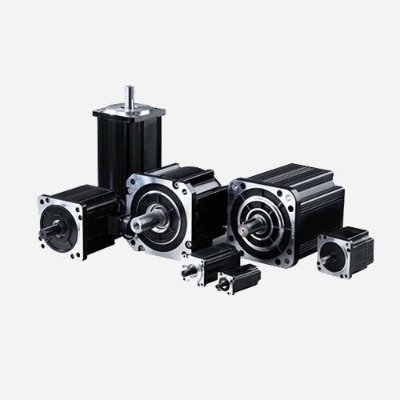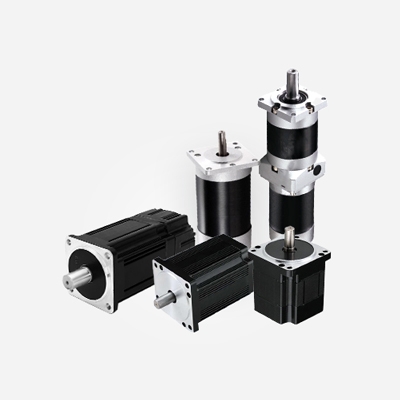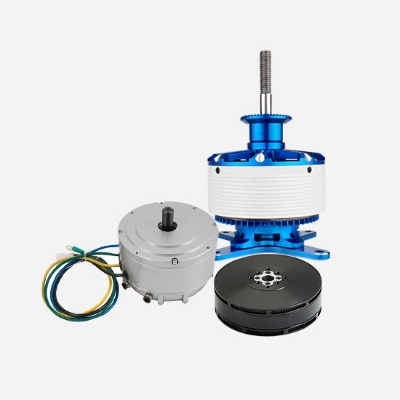The outrunner sensored brushless dc motor with Hall element provides smooth starting, high efficiency, torque up to 4 Nm, maximum power 2 hp, low energy consumption and low noise level of the outrunner sensored brushless motor, and excellent heat dissipation quality to ensure reliable system operation.
Specification
Model: BLDC-5065
Max Power: 1500W (2 hp)
Rotation Speed KV (RPM/V): 270KV
Max Current: 80A
Max Input Voltage: DC 11-29V
Max Torque: 4 N.m
Sensor Wire: Standard RC Sensor Wire JST-ZH 6pin 1.5mm pitch
Motor Length: 65mm
Motor Diameter: 50mm
Weight: 0.99 lb (0.45 kg)
No-Load Current: 1A (10V)
Wire Configuration: Blue (Heat shrinkable film)=A, Black (Heat shrinkable film)=B, Yellow (Heat shrinkable film)=C
Shaft Length: 20mm
Motor Wire: 160mm silicone 16AWG wire with 4.0mm Gold Bullet Connector Male
Shaft Diameter: 8mm
Motor Resistance: 64mΩ
Number of Poles: 14
Shipping Package: BLDC-5065*1, Banana head motor 4m female head*3
Shaft Keyway Slot
3*3*15mm: 3-12S 50A (FSESC4.20 50A)
Note: 3-8S batteries power the motor, S is the number of batteries, and the voltage of every battery is 3.7V DC.
Dimensions (Unit: mm)

ESC (Electronic Speed Controller) Selection for E-Board BLDC Motor
- The speed of the BLDC motor does not exceed the speed of ESC, it can be matched and used.
- Brushless DC motor speed calculation formula: battery voltage * motor KV value.
Brushless DC motor stator speed calculation formula: motor KV value * battery voltage * motor pole pairs.
- The limit speed of the V4 series ESC is 60000 ERPM.
The limit speed of the V6 series ESC is 15000 OERPM.
- If the maximum speed of the BLDC motor exceeds the speed of the electric speed controller, the ESC can also be matched by reducing the working voltage of the motor. But we do not recommend this, because it does not really play the role of a brushless DC motor.
ESC (Electronic Speed Controller) Specification
| Model |
Current Value |
Number of Batteries (Input Voltage) |
| FSESC 4.12 |
Continuous 50A, peak 240A |
3S-12S (8V-60V) |
| FSESC 4.20 |
Continuous 50A, peak 240A |
3S-12S (8V-60V) |
| VESC6.6 integrated switch dual drive version |
1-channel 100A continuous, 2-channel 200A continuous
1-channel peak 400A, 2-channel total peak 800A |
3S-12S (8V-60V) |
| VESC6.6 integrated switch dual drive version |
1-channel 100A continuous, 2-channel 200A continuous
1-channel peak 400A, 2-channel total peak 800A |
3S-12S (8V-60V) |
| FSESC6.7 VESC6.6 single drive integrated |
Continuous 70A, peak 200A |
3S-12S (8V-60V) |
| VESC4 dual drive integration * |
50A continuous 1-channel, peak 100A 2-channel, peak 300A 2-channel |
3S-12S (8V-60V) |
| ODESC3.6 single drive/dual drive |
50A continuous 1-channel, peak 120A 1-channel |
3S-12S (8V-60V) |
| VESC6 dual drive |
1-channel 100A continuous, 2-channel 200A continuous
1-channel peak 400A, 2-channel total peak 800A |
3S-12S (8V-60V) |
| Single drive V6 75200 |
Continuous 200A |
3S-12S (8V-60V) |
| Single drive VESC6 waterproof version |
Continuous 60A, peak 150A |
3S-12S (8V-60V) |
Note: The ESC model with * is the recommended controller for this page of motor, if you need other ESC models, please contact us.
Tips: 1500W sensored brushless motor Does lower KV mean more torque?
KV allows you to grasp the expected torque of a specific motor. Torque depends on the number of windings on the armature and the strength of the magnets. The low KV 1500W sensored brushless motor has more fine wire windings - it will carry more voltage with less current, generate higher torque, and swing a bigger strut.




